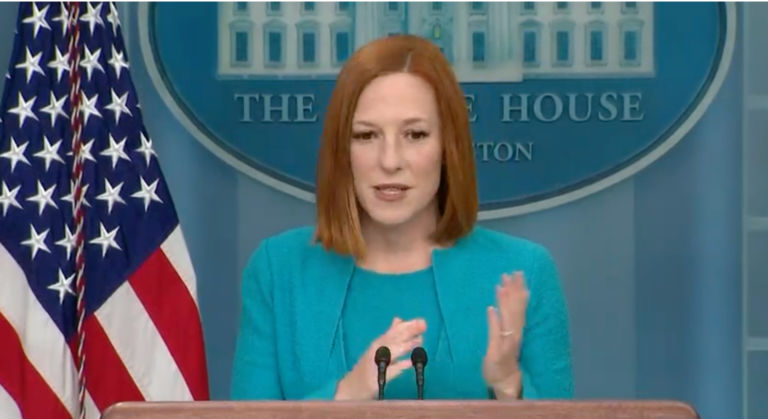Thomas Catenacci writes at FoxNews.com about the potential electoral impact of illegal immigration.
Immigration experts are raising the alarm about how the increasing flow of migrants illegally crossing into the U.S. may significantly impact states’ representation in the House of Representatives and Electoral College.
Shortly after taking office in January 2021, President Biden signed an executive order requiring that the U.S. Census Bureau factor in all residents, including noncitizens, as part of its decennial calculation of the U.S. population. As a result, the apportionment of House seats and, therefore, electoral votes for presidential elections, could be swayed as migrants continue to pour over the southern border.
“Illegal immigration has all kinds of effects and among them is that it distorts the mechanics of democratic government,” Mark Krikorian, the executive director of the Center for Immigration Studies, told Fox News Digital in an interview. “Illegal immigrants aren’t even supposed to be here, so their inclusion in the census count for purposes of apportionment really is outrageous.”
“There are a lot of close votes in Congress, more than there used to be. So, it can, in fact, make a difference,” Krikorian said. “It shouldn’t be a question of: Does this give you personally more influence in Washington? The question should be: Is it right? Is it healthy for our democratic process to be distorted this way? The answer is no.”
Overall, according to the Federation for American Immigration Reform, there are an estimated 16.8 million illegal immigrants living in the U.S. as of June 2023. Therefore, because every House seat represents 761,168 residents on average, the total number of illegal immigrants account for roughly 22 seats in the House.
And the most recent census, which was conducted in 2020, reduced the number of House seats apportioned to New York from 27 to 26. The state, according to the Census Bureau, would have needed just 89 more residents to maintain its previous apportionment, a calculation that highlights how fragile states’ House seat levels are.


